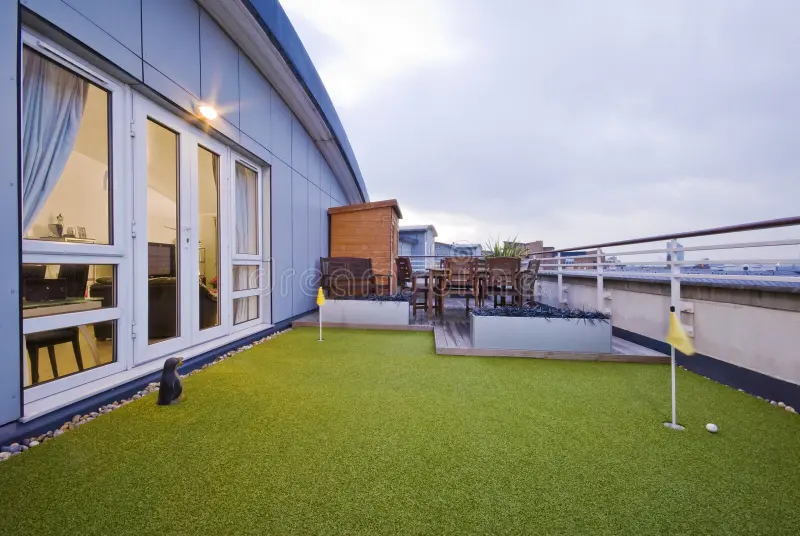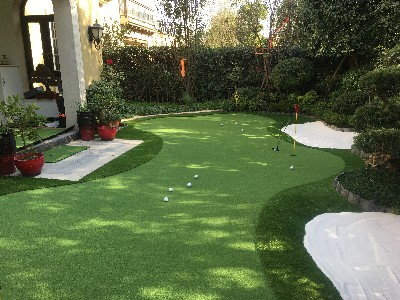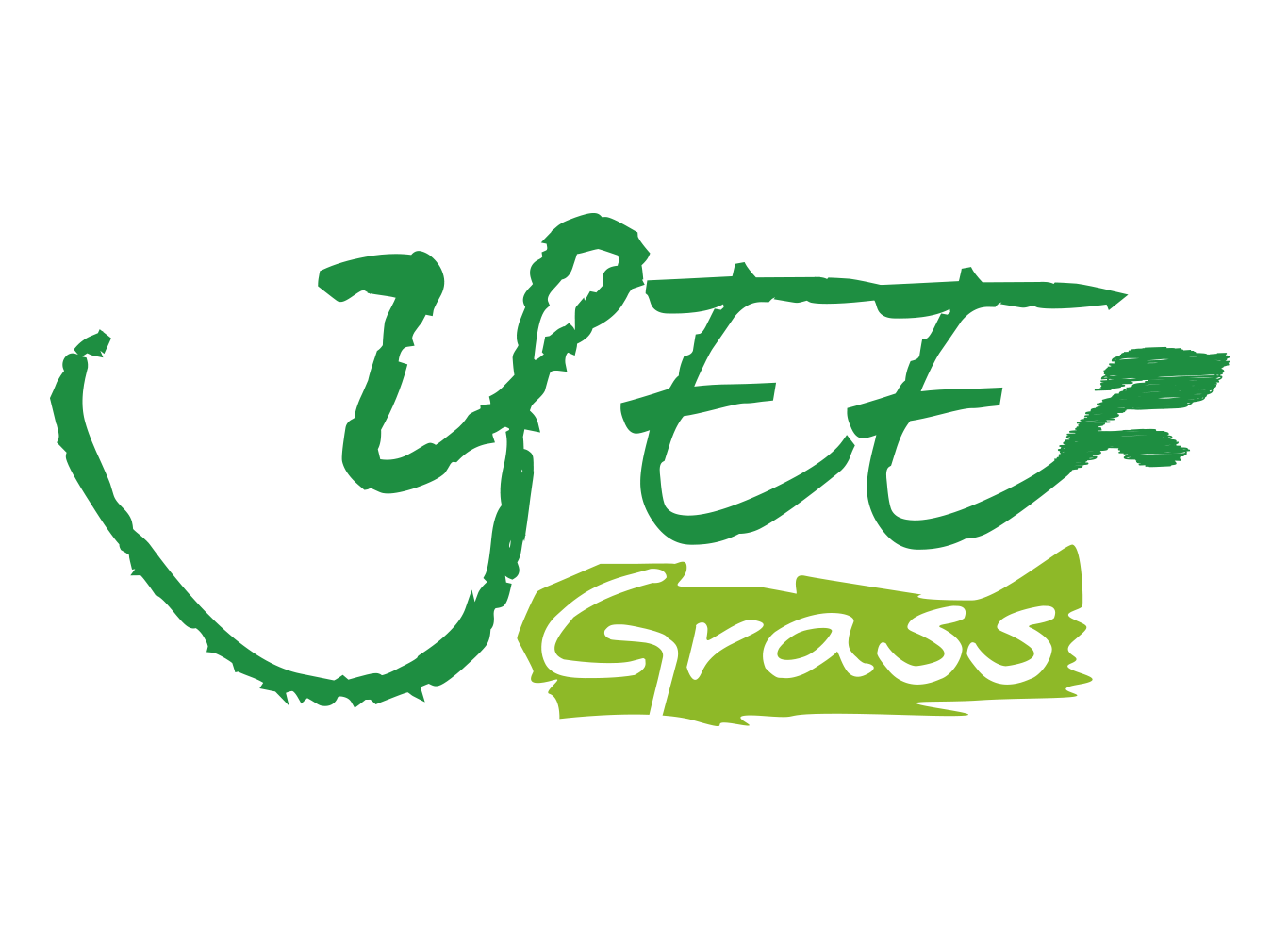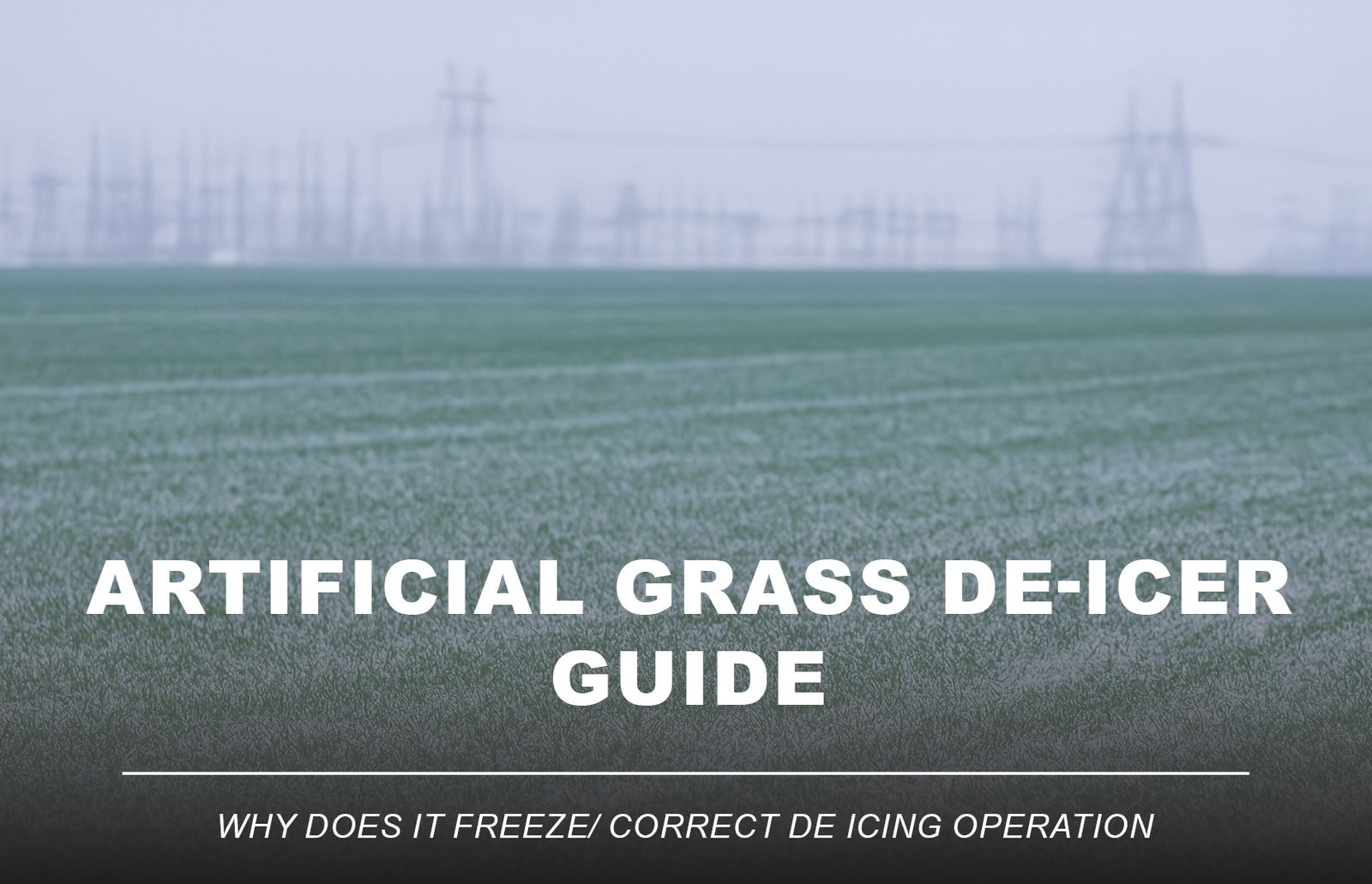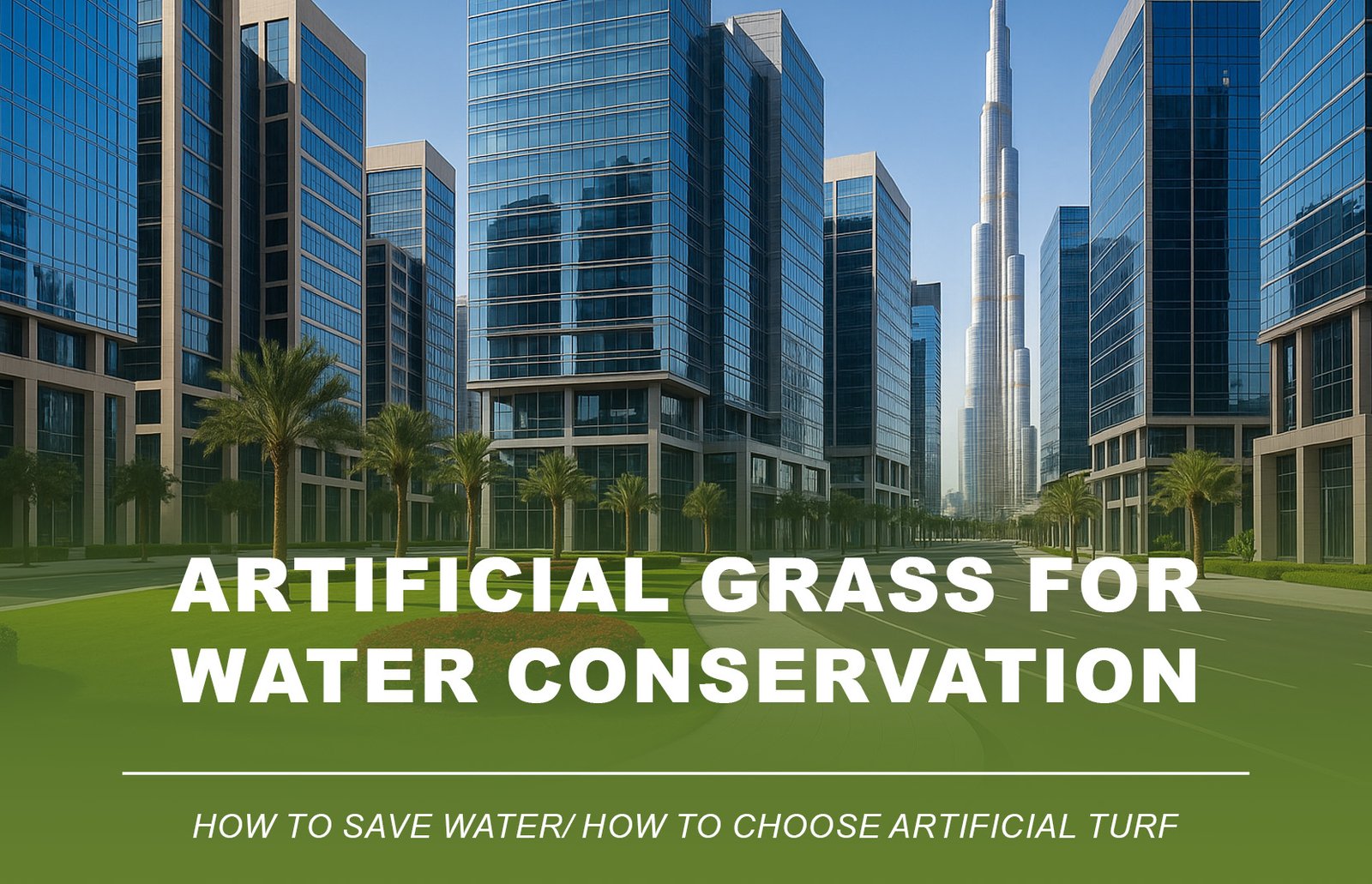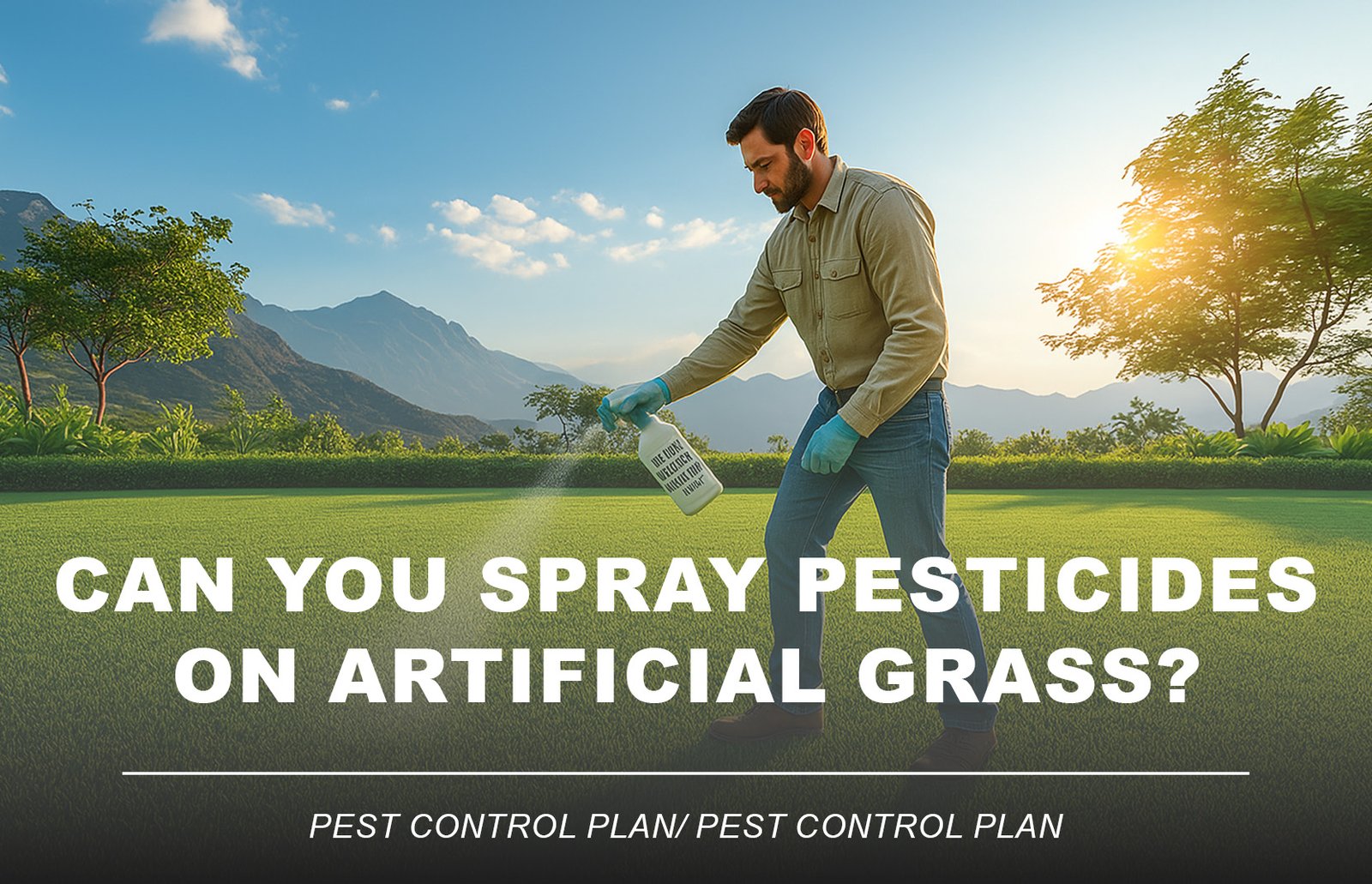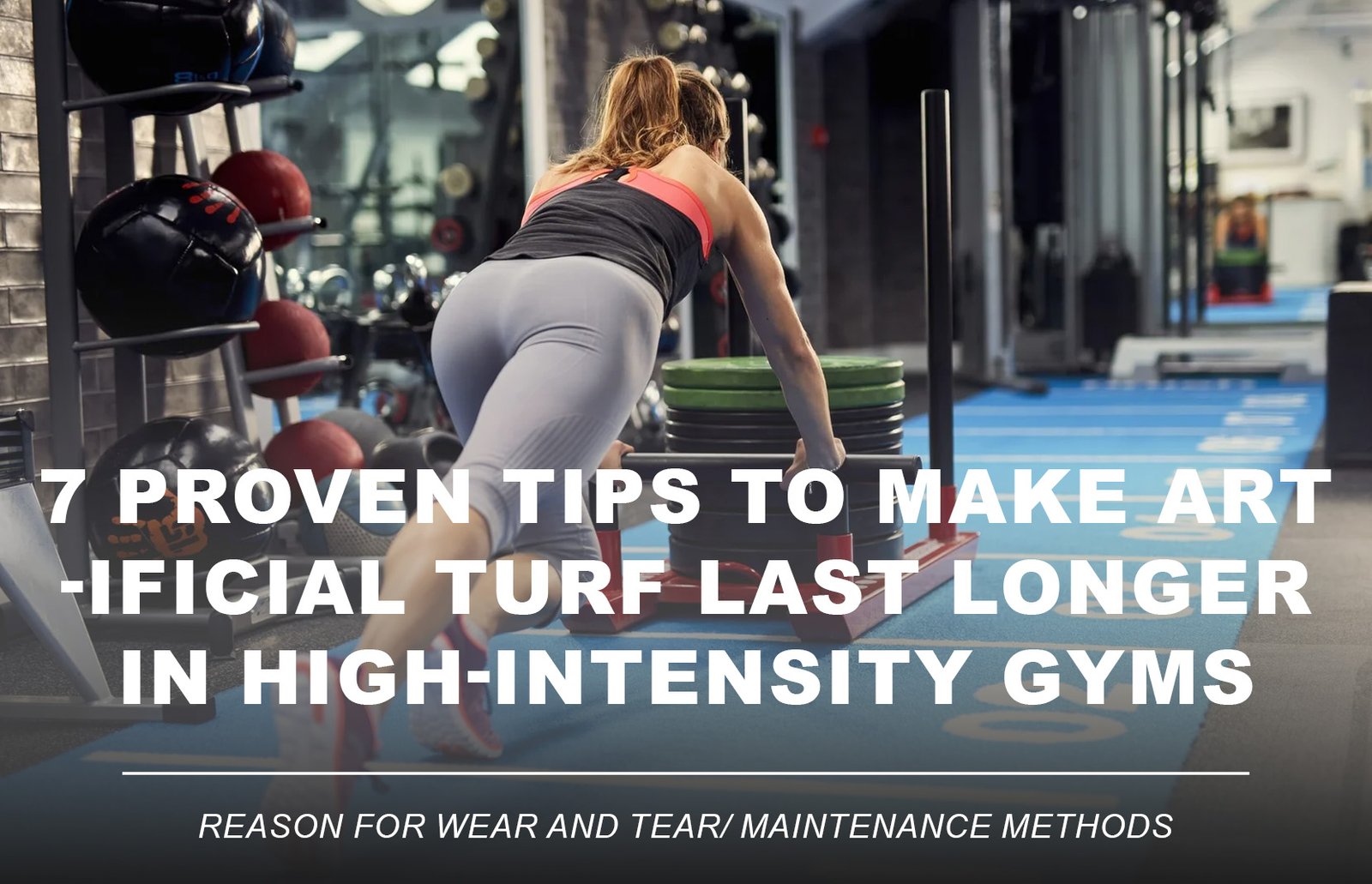Artificial grass stays green all year long, but winter introduces a unique challenge—ice on synthetic turf. Frozen turf surfaces don’t just affect aesthetics—they increase the risk of slips and falls and can shorten your lawn’s lifespan if not treated correctly.

This guide will help you choose the best artificial grass de-icer, avoid common mistakes, and maintain your artificial lawn safely during freezing temperatures. Whether you’re looking to melt ice on artificial grass at home, a school, or a sports facility, this winter turf guide has you covered.
1. Why Does Artificial Grass Freeze in Winter?
Even though artificial turf is made from non-organic materials, moisture can freeze on its surface or infill layer when temperatures drop. Common causes include:



- Poor drainage: Standing water turns into ice if it’s not properly drained through your turf system.
- Shaded or poorly ventilated areas: Reduced sunlight and airflow increase moisture retention and ice buildup.
- Organic debris: Leaves, fruits, and pet waste retain water and promote freezing or even mold growth over time.
2. Common De-Icing Mistakes That Can Damage Your Turf
Avoid these common mistakes when using a de-icer for artificial turf:
- Using metal shovels or rakes: These can tear turf fibers or rip seams.
- Pouring hot water: Sudden temperature changes can warp or delaminate your turf backing.
- Using rock salt or road salt: Wondering “can you use salt on artificial grass?” The answer is no—sodium chloride is corrosive and can damage adhesives and surrounding landscaping.



3. What Type of De-Icer Is Safe for Artificial Grass?
Choosing a safe ice melt for synthetic grass is essential to avoid long-term turf damage. The best de-icer for synthetic turf includes products that are gentle, non-corrosive, and safe for pets and plants.
| De-Icer Type | Suitability | Features |
| Calcium Magnesium Acetate (CMA) | ✅ Highly recommended | Eco-friendly de-icer, non-corrosive, pet-safe |
| Urea-Based De-Icers | ✅ Turf-safe | Gentle on turf, low-toxicity, best for light ice |
| Eco-Friendly De-Icing Pellets | ✅ Home & Commercial | Biodegradable, artificial grass safe de-icer |
| Rock Salt (Sodium Chloride) | ❌ Avoid | Harms turf backing, toxic to pets, not turf-safe |
When selecting a pet-safe de-icer, always look for CMA or urea-based formulations that won’t harm children or animals.
4. How to De-Ice Artificial Grass Properly
Here’s how to de-ice artificial grass without harming it:
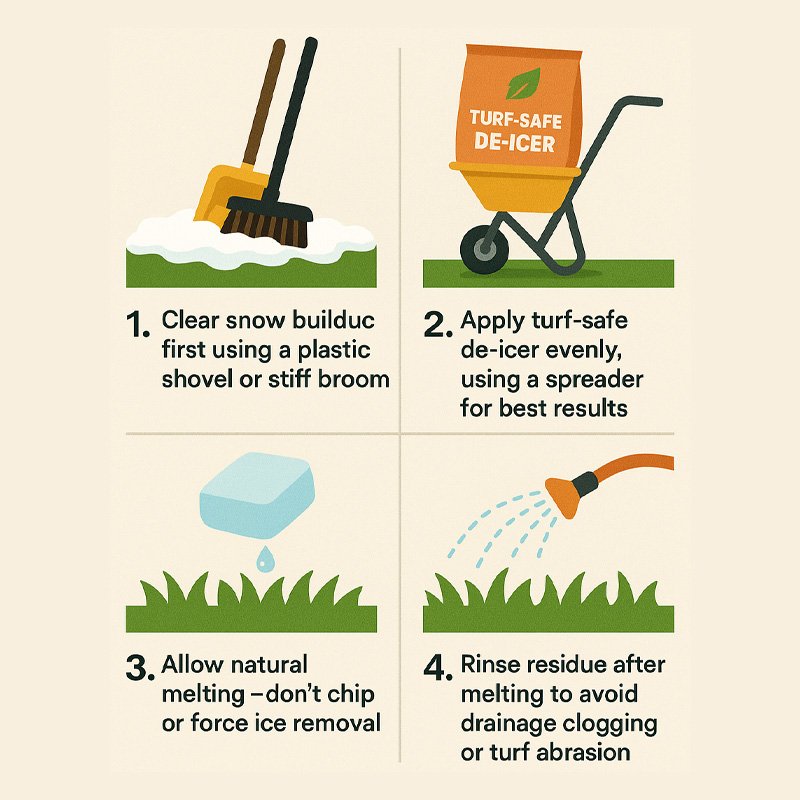
- Clear snow first using a plastic shovel or stiff bristle broom—avoid sharp tools.
- Evenly apply a turf-safe de-icer using a hand or push spreader for best coverage.
- Let the ice melt naturally on the artificial grass—don’t chip or force removal.
- After melting, rinse off residue to prevent drainage issues or surface abrasion.
- Inspect and refill infill if needed to maintain proper cushion and rebound.
5. FAQ: Artificial Grass De-Icing & Winter Maintenance
Q1: Can I use table salt or road salt to melt ice on artificial grass?
A: No. Traditional salts damage synthetic turf layers and can harm nearby vegetation. Always use a safe ice melt for artificial turf.
Q2: Are eco de-icers safe for kids and pets?
A: Yes. Eco-friendly de-icers for artificial grass, such as CMA or urea, are non-toxic and ideal for homes, playgrounds, and pet areas.
Q3: My turf is in a shaded area—can I prevent freezing?
A: Absolutely. Apply a preventive de-icer before snowfall and ensure proper drainage to reduce freeze risk.
Q4: Can I use a leaf blower to remove ice?
A: Not recommended. Blowers work well for dry snow or leaves, but not for bonded ice.
6. Winter Turf Care Tips: Prevention Is Key
Good winter care for artificial grass begins before the freeze. Here are tips to help protect your turf all season long:




- Remove organic debris like leaves in fall to reduce moisture accumulation
- Ensure your turf has a drainage-optimized base (crushed stone + geotextile fabric)
- Inspect seams and turf edges for gaps regularly
- Avoid heavy foot traffic during freezing conditions to prevent turf compaction
7.Conclusion: Choose the Right De-Icing Solution for Winter-Proof Turf
Artificial grass in winter still needs protection. With the right artificial grass de-icer, you’ll prevent damage, reduce hazards, and extend the life of your turf investment.
We offer certified eco-friendly ice melt for artificial grass, turf-safe heating systems, and winter maintenance kits. Contact us now for free samples, expert recommendations, or a customized seasonal care plan tailored to your project.




